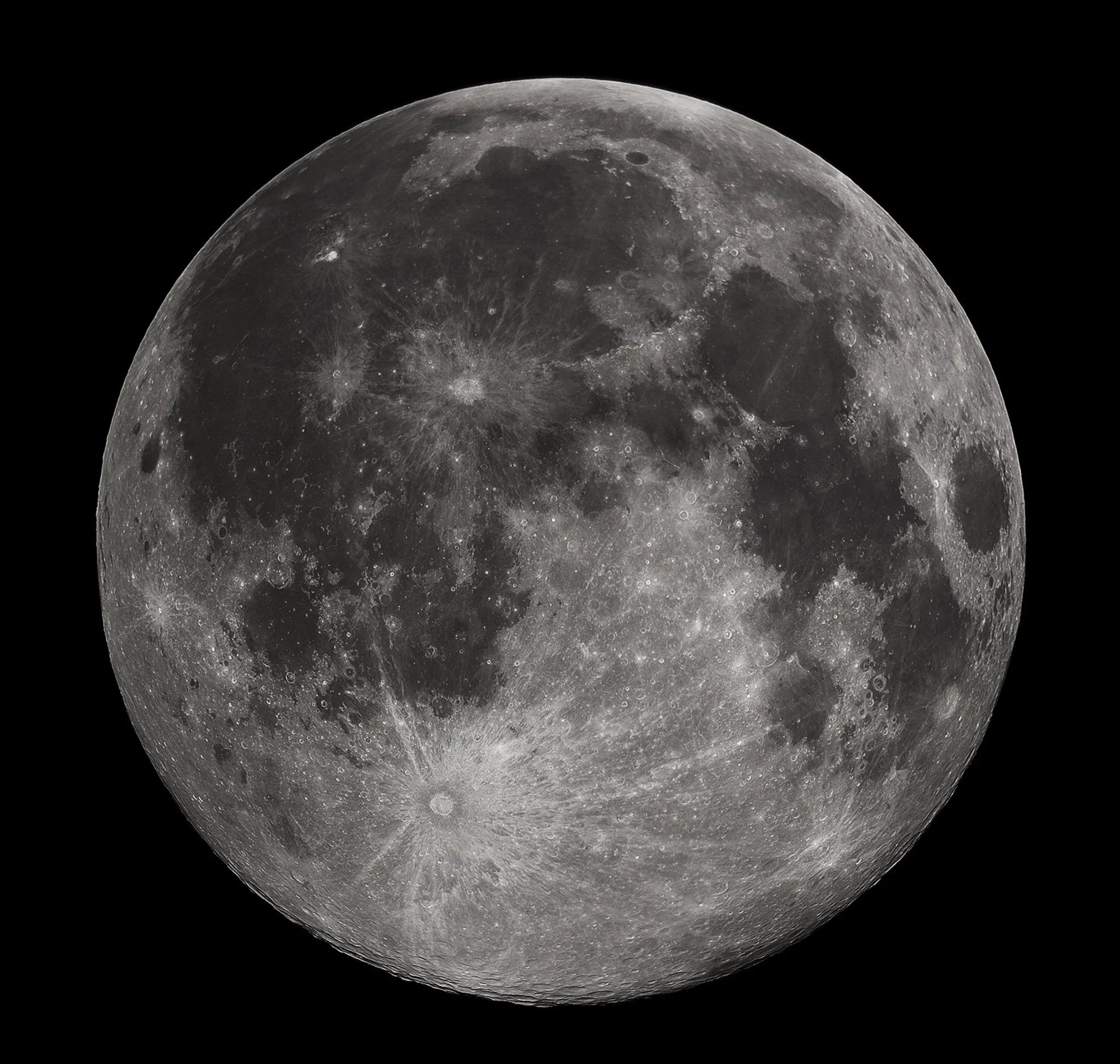The moon has been a subject of fascination for humans since time immemorial. Its ethereal glow has inspired countless myths, legends, and even scientific inquiries. One of the most captivating aspects of the moon is its ever-changing appearance, which is a result of its various phases. Understanding these phases not only enriches our appreciation for this celestial body but also provides insights into the mechanics of our solar system.
The Basics: What Are Moon Phases?
The moon does not produce its own light; it reflects the light of the sun. As the moon orbits Earth, different portions of its surface are illuminated by the sun, creating the phases we observe. There are eight primary phases of the moon: New Moon, Waxing Crescent, First Quarter, Waxing Gibbous, Full Moon, Waning Gibbous, Last Quarter, and Waning Crescent.
New Moon
The New Moon phase occurs when the moon is positioned between the Earth and the sun. During this phase, the side of the moon facing Earth is in shadow, making it virtually invisible in the night sky. This is the starting point of the lunar cycle.
Waxing Crescent
After the New Moon, a sliver of the moon becomes visible as a crescent shape. This is known as the Waxing Crescent phase. "Waxing" means that the illuminated portion is increasing.
First Quarter
Approximately a week after the New Moon, the moon reaches the First Quarter phase. During this time, half of the moon is illuminated and visible from Earth. The term "quarter" refers to the moon being a quarter of the way through its monthly cycle.
Waxing Gibbous
Following the First Quarter, the moon continues to wax, entering the Waxing Gibbous phase. More than half but less than fully illuminated, the moon appears as an almost complete circle, missing only a small crescent of darkness.
Full Moon
The Full Moon phase is the pinnacle of the lunar cycle. The moon is fully illuminated, appearing as a complete circle in the sky. This occurs when the Earth is positioned between the sun and the moon.
Waning Gibbous
After the Full Moon, the moon starts to wane, meaning the illuminated portion begins to decrease. The Waning Gibbous phase is the reverse of the Waxing Gibbous, with a small crescent of darkness appearing on the side.
Last Quarter
Similar to the First Quarter, the Last Quarter phase shows half of the moon illuminated. However, the side that is illuminated is opposite to that in the First Quarter. The moon is now three-quarters of the way through its cycle.
Waning Crescent
The final phase before the cycle restarts is the Waning Crescent. During this time, only a small crescent of the moon is visible, and it continues to shrink until the next New Moon.
The Science Behind the Phases
The moon takes approximately 29.5 days to complete one orbit around Earth, which is known as a synodic month. The phases are a result of the moon’s elliptical orbit and the angle at which sunlight strikes its surface. The gravitational pull between Earth and the moon also plays a role in the moon's phases, affecting tides and even animal behavior.
Cultural and Practical Significance
The phases of the moon have been used for various purposes throughout history, from agricultural planning to religious rituals. Many ancient civilizations, such as the Mayans and Egyptians, had lunar calendars. Even today, some religious practices, like Ramadan in Islam, are based on the lunar calendar.
Conclusion
The phases of the moon are a celestial ballet that has been observed and revered for millennia. They are not just a spectacle in the night sky but are also deeply embedded in the fabric of human history and culture. Understanding these phases allows us to better appreciate the intricate dance between Earth, the moon, and the sun—a dance that has been going on for billions of years and will continue for billions more.


